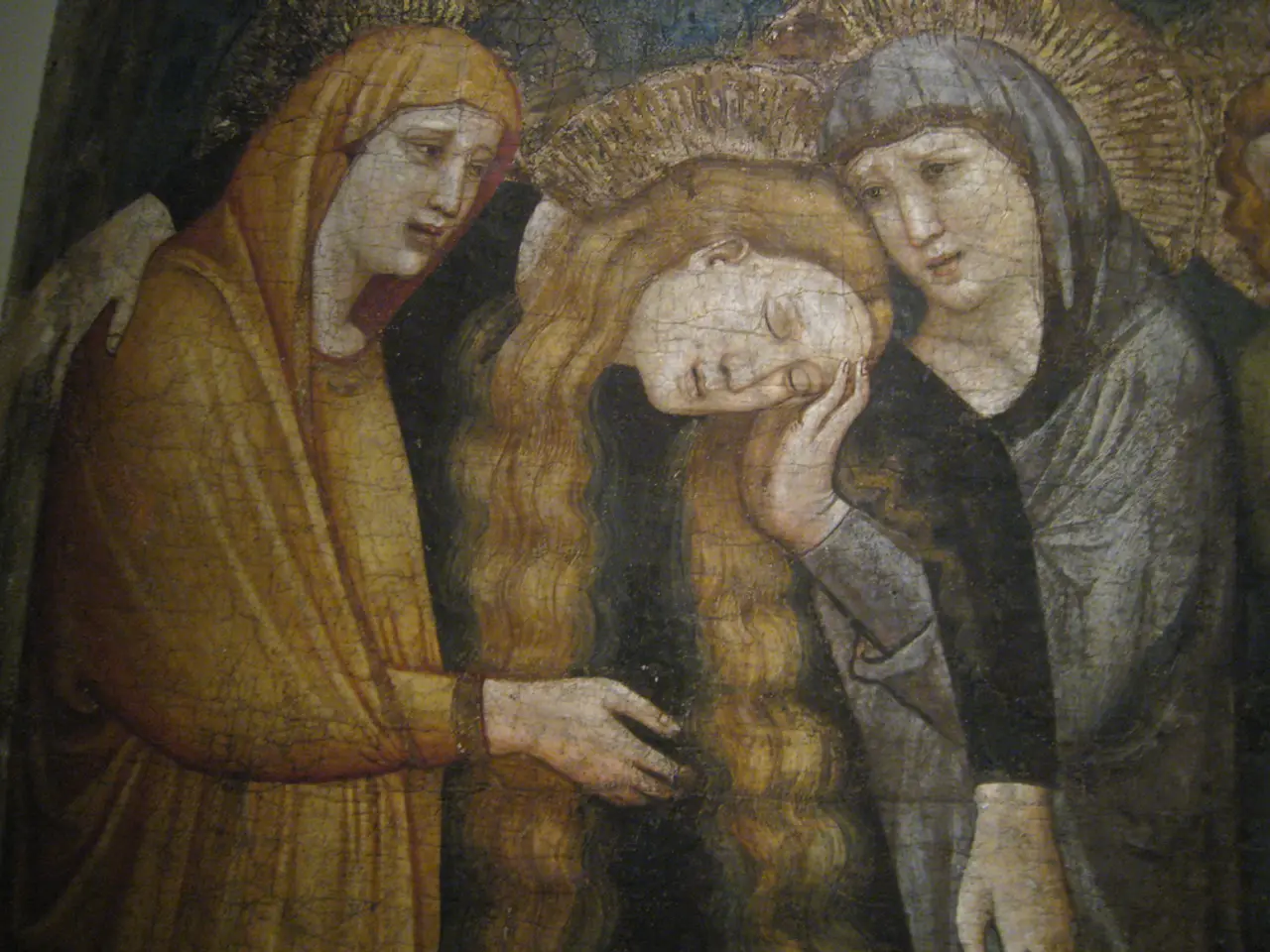AI Art Conundrum: Balancing Ethics, Copyright, and Safety in a Realm of Programmatic Creativity
In the ever-evolving world of art, AI-powered text-to-image generators are making a significant impact. However, these advancements come with a host of ethical, legal, and security challenges.
One of the most pressing ethical concerns is the use of copyrighted artwork in training datasets without explicit consent. This raises questions about theft and fair remuneration for original creators. Legally, determining ownership of AI-generated art and protecting the rights of human artists versus machines is a complex challenge. Security-wise, AI-generated images could be misused to create counterfeit art or deceptive visuals, necessitating technical safeguards like watermarking and moderation tools.
Economically, the rise of AI art challenges the sustainability of careers for human artists by saturating the market and shifting consumer attention. However, human-created art is expected to persist alongside AI-generated content. Platforms and companies like OpenAI and Adobe have started integrating AI features with built-in content controls and filters, aiming to balance innovation with responsible use.
Addressing these challenges requires a combined approach. Technological measures, such as content safeguards and stricter filters, should be implemented to protect artists' rights and secure creative ecosystems. Legal frameworks need to be developed to ensure fair compensation to original artists. Transparency around AI use in art creation is crucial for fostering trust and understanding.
The future of art is being written in algorithms, but it's essential to remember that AI art generators are not a replacement for human creativity. They empower anyone, regardless of artistic skill, to bring their visions to life. By embracing ethical principles and fostering a culture of responsible AI development, we can harness the transformative power of this technology while safeguarding the rights and interests of all stakeholders.
The controversy surrounding AI art generators stems from the use of deep learning algorithms trained on massive datasets of images scraped from the internet. Open-source AI models, while democratizing access, also pose a risk of being exploited for malicious purposes, such as generating harmful or offensive content. Robust content moderation strategies and ethical guidelines for AI development can help mitigate these risks.
Clear legal frameworks are needed to address copyright ownership, attribution, and fair use in the context of AI-generated art. Open dialogue and collaboration between artists, developers, policymakers, and the public are crucial for navigating the ethical, legal, and societal implications of AI art. The Verge, Ars Technica, and World Economic Forum have published articles on the topic, shedding light on the complexities and potential solutions.
The future of art is uncertain, but one thing is clear: AI is here to stay. By addressing the challenges and embracing the opportunities, we can ensure that the art world continues to evolve in a way that respects and protects the rights of all artists.
- As a developer, it's crucial to implement content safeguards and stricter filters in AI-powered art generation to protect original artists' rights and secure the creative ecosystem.
- The future of art, with the integration of AI, raises questions about copyright ownership and attribution, necessitating clear legal frameworks for fair use and compensation.
- Robust ethical guidelines in AI development, such as open dialogue, collaboration, and transparency, are essential for fostering trust in the use of AI in generating art, ensuring a safe and respectful digital environment for all stakeholders.




